Where Did Jesus Live: A Historical Journey

Where Did Jesus Live: A Historical Journey
Have you ever wondered about the life of Jesus Christ beyond the pages of the New Testament? What was his early life like, and where did Jesus live and travel? In this blog post, we will embark on a historical journey to explore the places Jesus visited and the impact of his life on Christianity. Delve into the fascinating stories, archaeological evidence, and challenges in understanding the life of one of the most influential figures in human history.
Key Takeaways
-
Jesus' early life in Nazareth and his family home, the Church of the Annunciation, shaped his values.
-
Bethlehem's Church of Nativity is renowned as Jesus' birthplace, while Capernaum was known for his miracles in ministry Ministry in the Galilee region.
-
His crucifixion & resurrection at Jerusalem had a significant impact on Christianity globally.
Jesus' Early Life in Nazareth
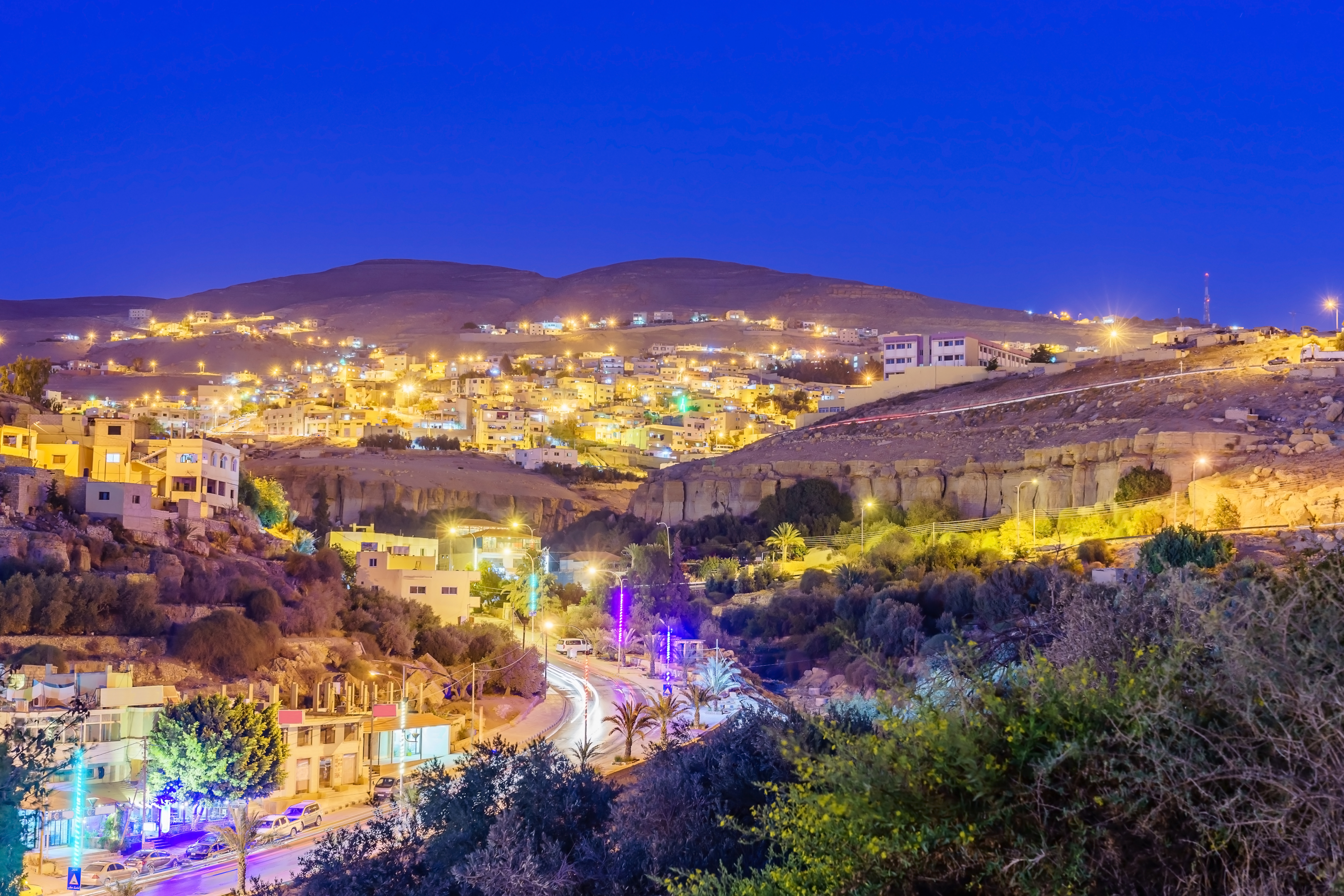
Jesus' early life and upbringing occurred in Nazareth, a small village in northern Israel. His father, Joseph, a carpenter, taught him carpentry and stonework during his formative years.
This humble beginning in a tight-knit community shaped Jesus' values and teachings as Jesus began growing up immersed in Jewish culture and tradition.
Family and Home
Born into a modest family, Jesus spent his early years in a simple house in Nazareth, with Mary and Joseph as his parents. This house, revered as the one Jesus grew up in, is now the site of a Christian church, the Church of the Annunciation, built over the location where the angel Gabriel is said to have visited Mary and declared that she would conceive through the Holy Spirit.
Artifacts discovered in the house point to its use in the first century A.D., when the historical Jesus was present. This finding reinforces the belief that Jesus lived during this period. This provides a glimpse into young Jesus' early life and the humble beginnings that would later mimic his Ministry.
Growing up in this environment, Jesus learned carpentry and stonework from his father, Joseph, and Jesus taught these skills to others as well.
Rejection of Roman Culture
Nazareth was unique among Jewish settlements of the time in that it resisted the infiltration of Roman culture during the first century A.D. This refusal to accept Roman influence created an exceptional atmosphere for Jesus' upbringing, engrossing him in Jewish culture and teachings.
The rejection of Roman culture, including the Roman emperor's influence and the Roman empire's broader context, shaped Jesus' early life and set the stage for his later Ministry and teachings.
Bethlehem: The Birthplace of Jesus
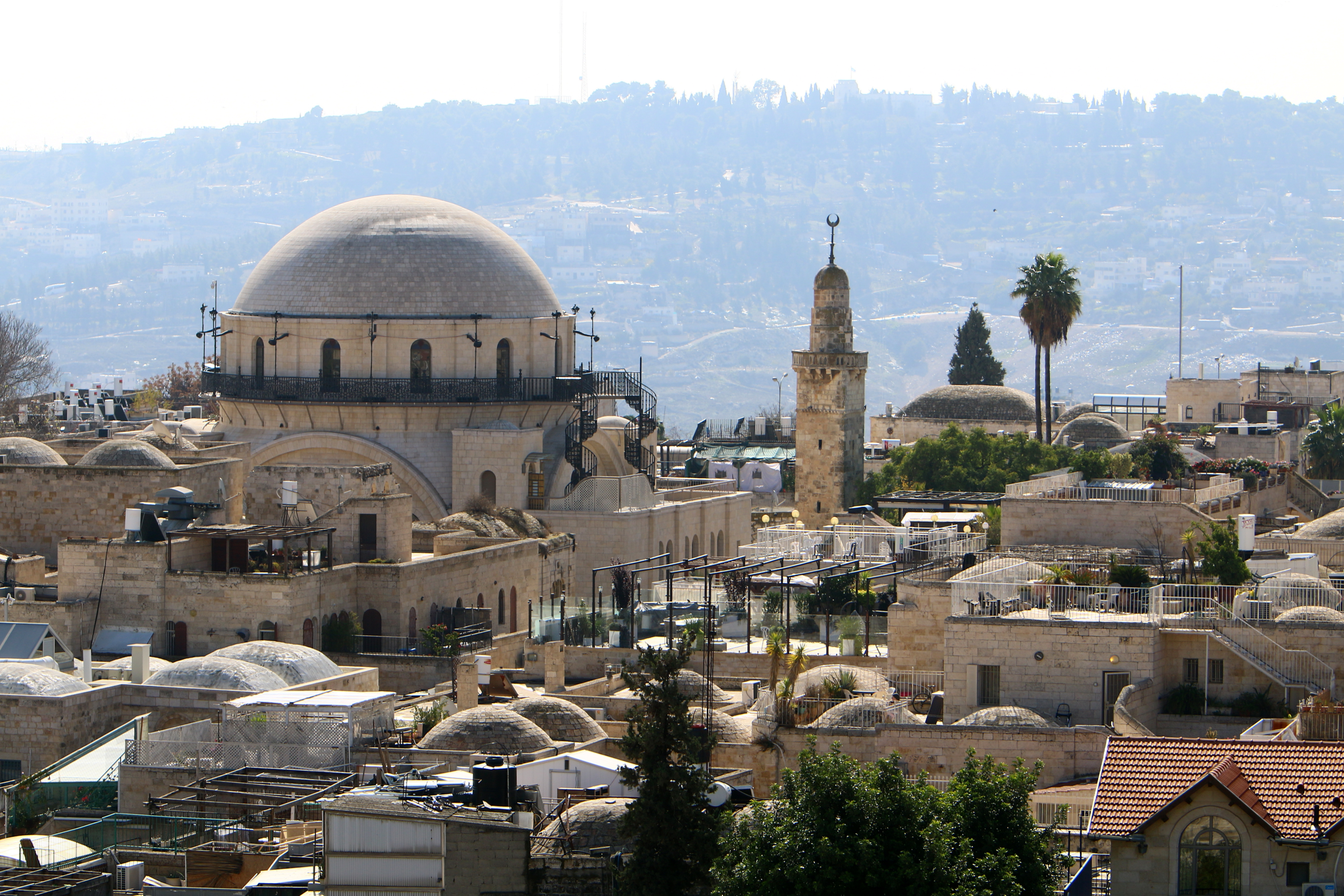
Known as the birthplace of Jesus Christ, Bethlehem, which means 'House of Bread' in Hebrew, is an ancient town located just a few miles south of Jerusalem and is cherished by Christians worldwide.
Steeped in history and religious significance, Bethlehem is home to numerous sites related to Jesus' birth and early life.
Church of the Nativity
The Church of the Nativity in Bethlehem is a revered site. UNESCO has recognized it as a World Heritage, constructed during the sixth century. It is believed to have been built over the cave where Jesus was born, making it a significant historical and religious site.
Visitors to the Church of the Nativity can view a specific site believed to be the location of Jesus' manger. This sacred location attracts pilgrims worldwide, who come to pay homage to the birthplace of Jesus Christ. The Church of the Nativity serves as a testament to believers' enduring faith and devotion.
Threats to Bethlehem's Heritage
Despite its historical and religious significance, Bethlehem faces threats to its rich heritage. These threats include:
-
Economic hardship
-
Inadequate resources for Palestine's antiquities service
-
Demand for illegally-obtained artifacts
-
Effects of the Israel-Palestinian conflict
These factors have destroyed many archaeological sites in the town.
Preserving Bethlehem's heritage remains challenging, as efforts to restore and repair sites such as the Church of the Nativity face numerous obstacles. Some of the challenges include:
-
Limited funding for restoration projects
-
Political tensions and conflicts between Israel and Palestine
-
Lack of resources and expertise for proper conservation
-
Potential risks of further deterioration of archaeological treasures
Despite these challenges, there are ongoing efforts to protect and preserve Bethlehem's cultural heritage.
Jesus' Ministry in the Galilee Region
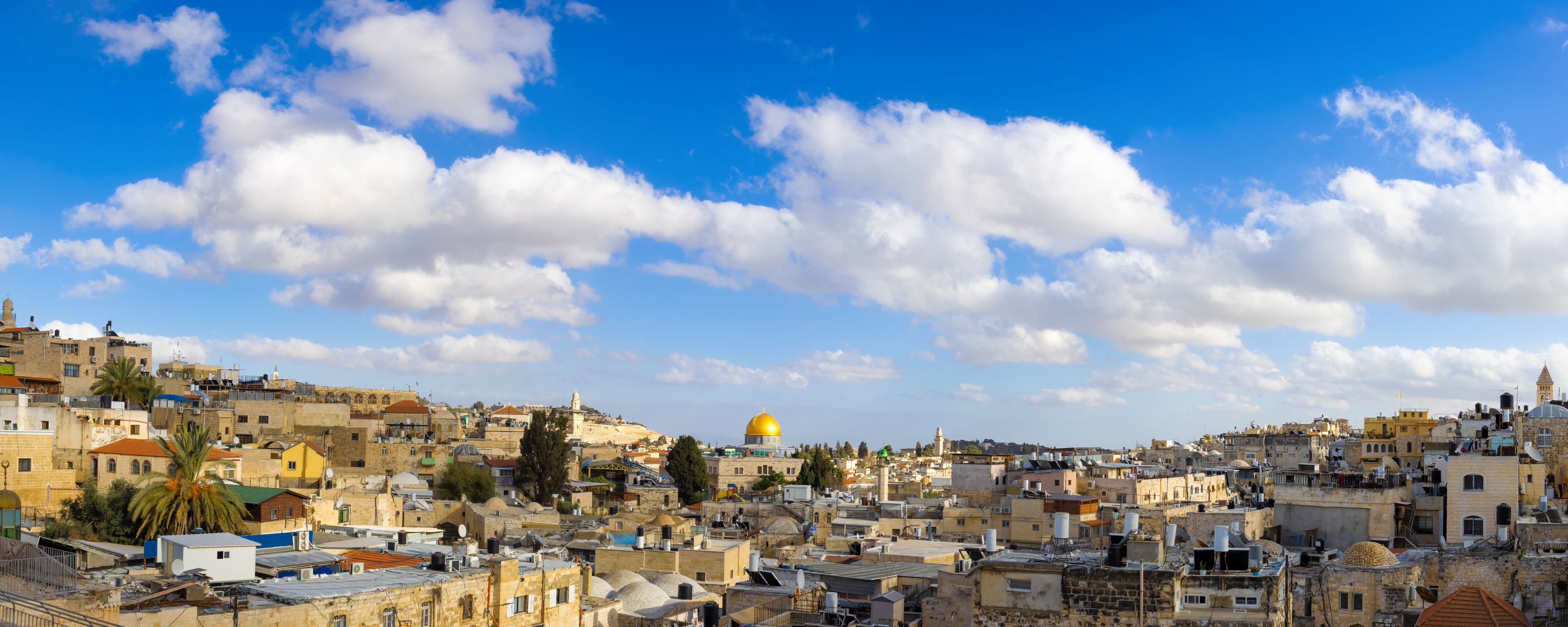
The lush and fertile Galilee region iMinistryrn Israel was where Jesus conducted much of his Ministry. The region's picturesque landscape, including the Sea of Galilee, was a backdrop for Jesus' miracles and ministry.
Traversing the Galilee region, Jesus visited various towns and villages, performed miracles, and imparted his wisdom to attentive listeners.
Capernaum: Town of Miracles

Capernaum, a town on the northern shore of the Sea of Galilee, has a special significance in the history of Jesus' Ministry. Here, Jesus performed numerous miracles, healed the sick and possessed, and taught in the local synagogue. The town, now an aMinistrygical site, offers a glimpse into the life and times of Jesus and the miracles he performed.
In Capernaum, Jesus performed several miracles and healings, including:
-
Healing the centurion's servant
-
Healing Peter's mother-in-law
-
Healing many who were possessed by demons, including a man in the synagogue
-
Curing a person with paralysis who was lowered through the roof of a house
These miracles and Jesus' teachings made Capernaum an integral part of his Ministry and a hub of his activities in the Galilee region.
Fishing on the Sea of Galilee
Fishing was a significant source of income for many in the GalileeMinistry, and Jesus worked as a fisherman with some of his disciples. The Sea of Galilee, also known as Lake Tiberias, holds great significance in the life of Jesus, as he:
-
performed miracles
-
taught his disciples
-
walked on water
-
calmed a storm
On its shores.
In 1986, the remains of a 2,000-year-old fishing boat were discovered deep in the mud along the Sea of Galilee, providing a tangible connection to Jesus' life as a fisherman. This discovery, along with other archaeological evidence, offers insights into the daily life and work of Jesus and his followers in the Galilee region.
Jerusalem: The Final Chapter
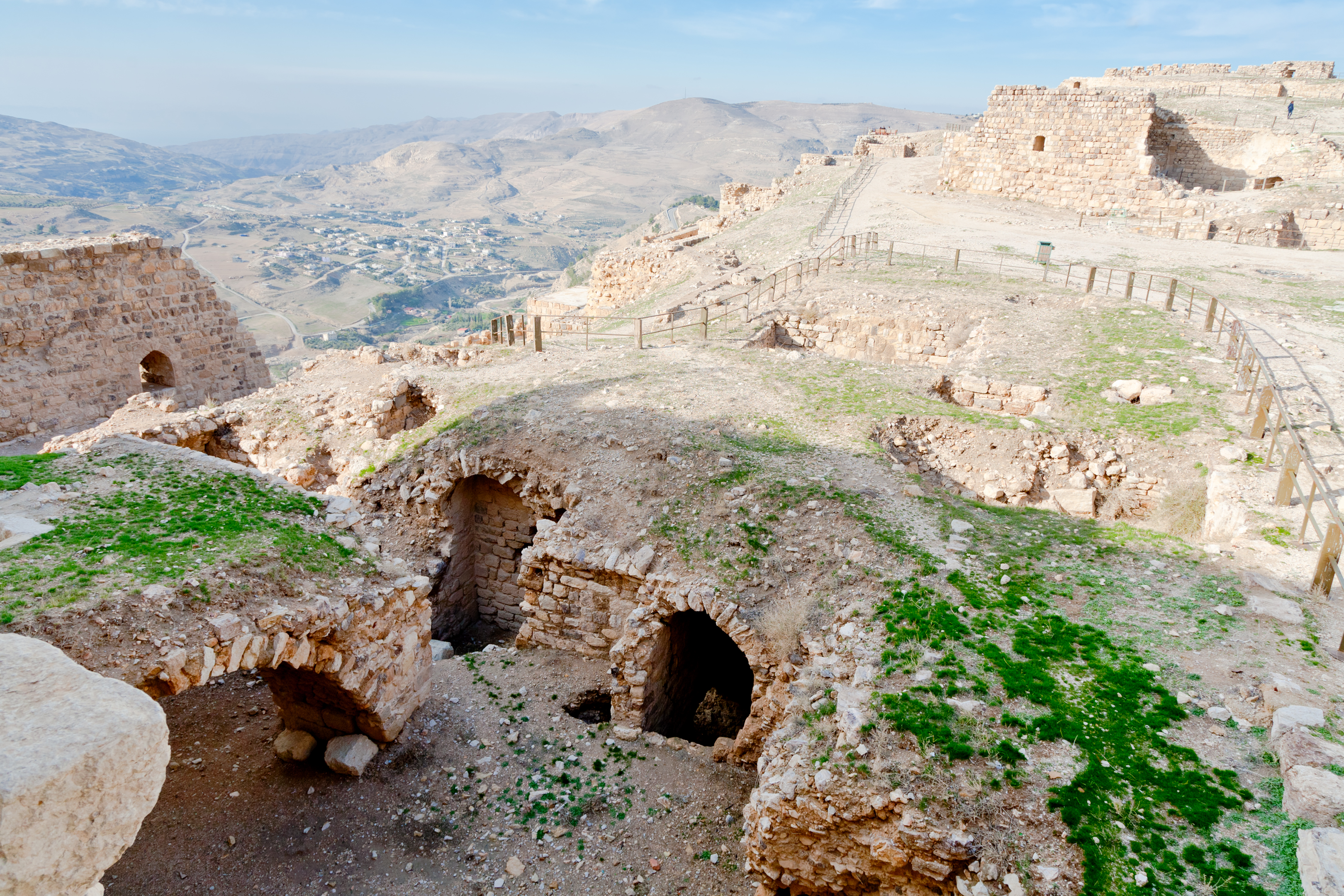
From his visits to the Temple Mount to his crucifixion and resurrection, Jerusalem played a significant role in Jesus' life. As the center of Jewish religious life, Jerusalem was the stage for many of the most important events in Jesus' Ministry.
Here, Jesus would face his greatest challenges and fulfill his divine mission as Jesus prays.
The Temple Mount and Money Changers
The TempMinistry in Jerusalem was a very holy place for Jews during the time of Jesus. It was the site of the Second Temple, a venerated landmark within Judaism. Jesus visited the Temple Mount numerous times, teaching and discussing with religious leaders. On one such visit, Jesus became enraged when he saw money changers and merchants conducting business within the sacred precincts of the Temple.
In a dramatic display of righteous anger, Jesus, the Lord God, overturned the tables of the money changers and confronted the merchants, accusing them of turning the house of prayer into a den of robbers. This event, recounted in the New Testament, illustrates Jesus' commitment to the sanctity of the Temple and his opposition to the corruption of religious institutions.
Crucifixion and Resurrection
Jesus' crucifixion in Jerusalem marked the culmination of his earthly Ministry and the birth of Christianity. Following a trial before the high priest and Roman governor, Jesus was sentenced to death by crucifixion. Nailed to a cross outside the city, walMinistrys died a painful and humiliating death, but this was not the end of his story. The significance of Jesus' death lies in its impact on the faith and lives of countless believers throughout history.
Three days after his crucifixion, Jesus rose from the dead, appearing to his disciples and providing them with final instructions before Jesus ascended to heaven. The resurrection of Jesus is the cornerstone of Christian faith, symbolizing his victory over death and the promise of eternal life for all who believe in him. This miraculous event transformed Jesus' followers from a small group of believers into the foundations of a global religion.
Jesus' Travels Beyond Israel
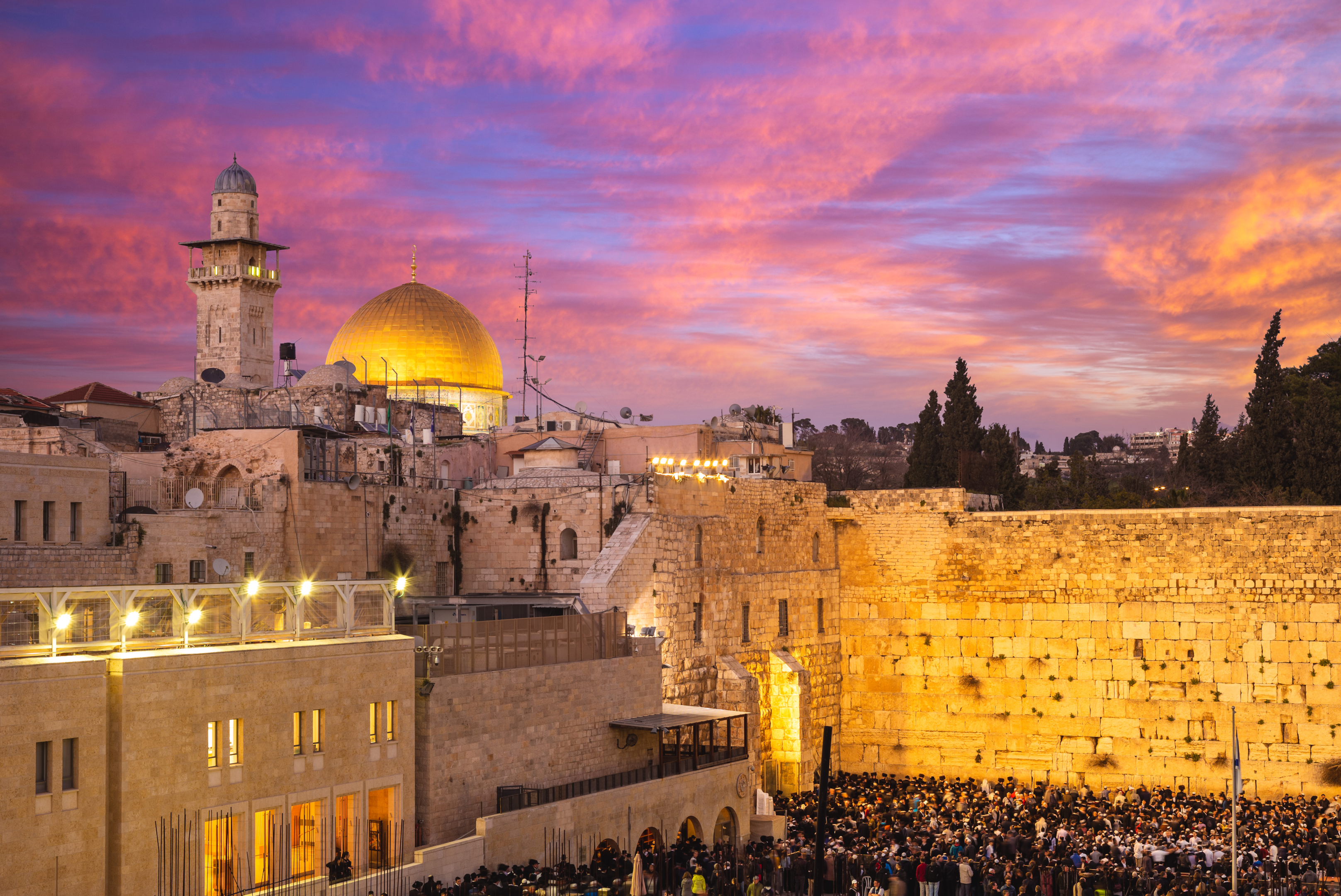
While the New Testament focuses primarily on Jesus' life and Ministry within the borders of Israel, some accounts suggest that he may have traveled to other regions during his lifetime. Although not widely accepted, these accounts propose that JMinistryited places such as:
-
Egypt
-
England
-
India
-
Tibet
The lack of concrete evidence for these travels leaves their authenticity open to debate.
Flight to Egypt
The flight to Egypt is a biblical event in which the Holy Family, consisting of Jesus, Mary, and Joseph, fled to Egypt to escape King Herod's massacre of infants. Driven by a divine warning in a dream, Joseph led his family on a journey from Nazareth to Egypt, seeking refuge from the wrath of the tyrannical king.
The Holy Family is believed to have taken a route from Nazareth to Gaza, then to the Nile Delta, and finally to Alexandria. They remained in Egypt for approximately two years before returning to Nazareth following Herod's death. This event, recounted in the Gospel of Matthew, illustrates the lengths Jesus' family went to protect him from harm.
Other Possible Travels
Beyond the biblical account of the flight to Egypt, some apocryphal texts and legends suggest that Jesus may have traveled to other regions, such as India. These accounts are not generally accepted, as there is little concrete evidence to support them.
However, these stories continue to captivate the imagination of many, adding to the mystique surrounding the life of Jesus Christ.
The Baptism at the Jordan River
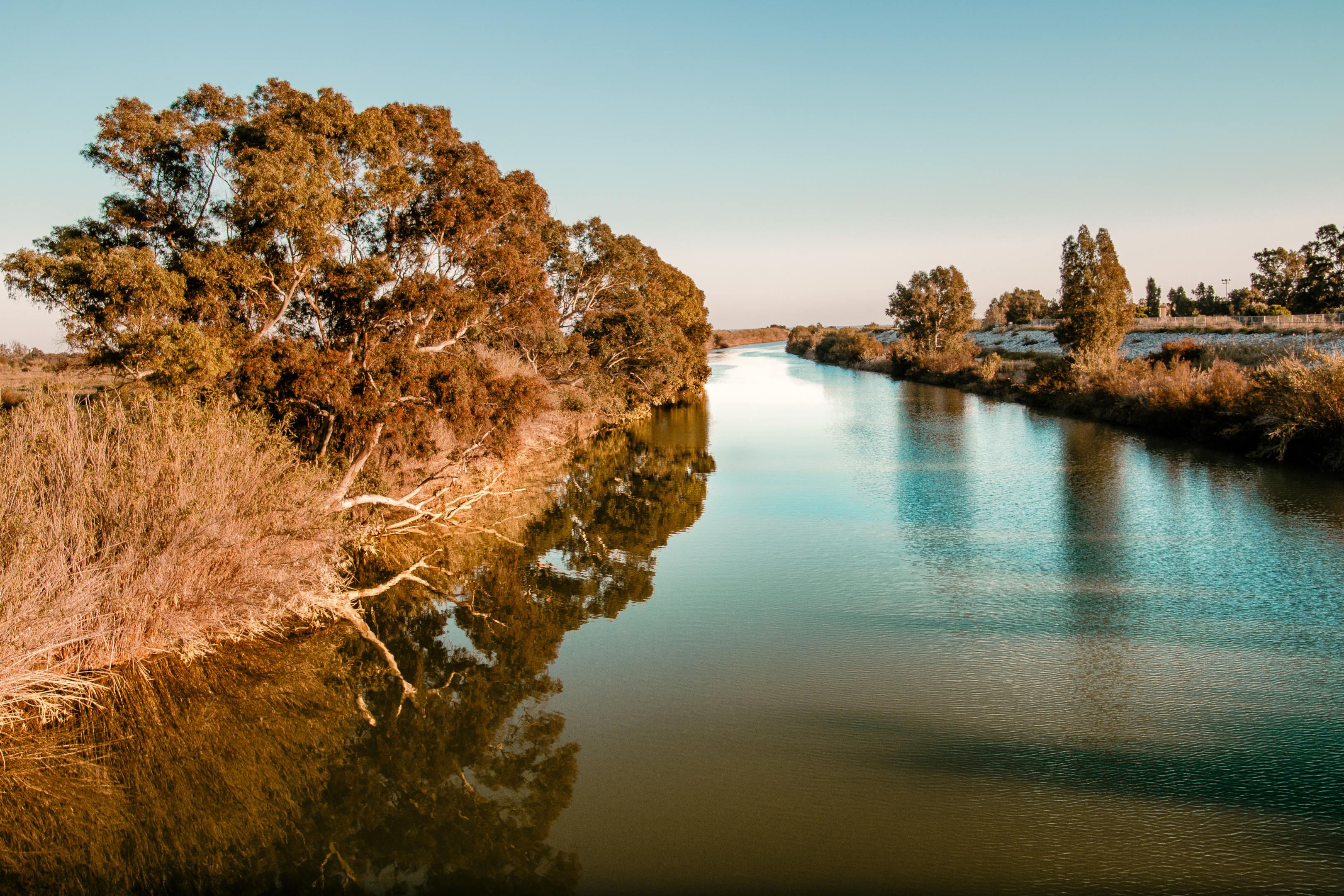
Jesus' Baptism by John the Baptist in the Jordan River marked a pivotal moment. This event in Bethany across the Jordan marked the beginning of Jesus' Public Ministry and his divine revelation as the Son of God.
The Baptism of Jesus is considered a historical fact, as it is unlikely that early Christians would have fabricated an event thaMinistryimply Jesus had committed sins and needed to repent. Jesus' Baptism by John the Baptist highlights the importance of humility, submission to God's will, as well as the transformative power of faith.
Archaeological Evidence and Challenges
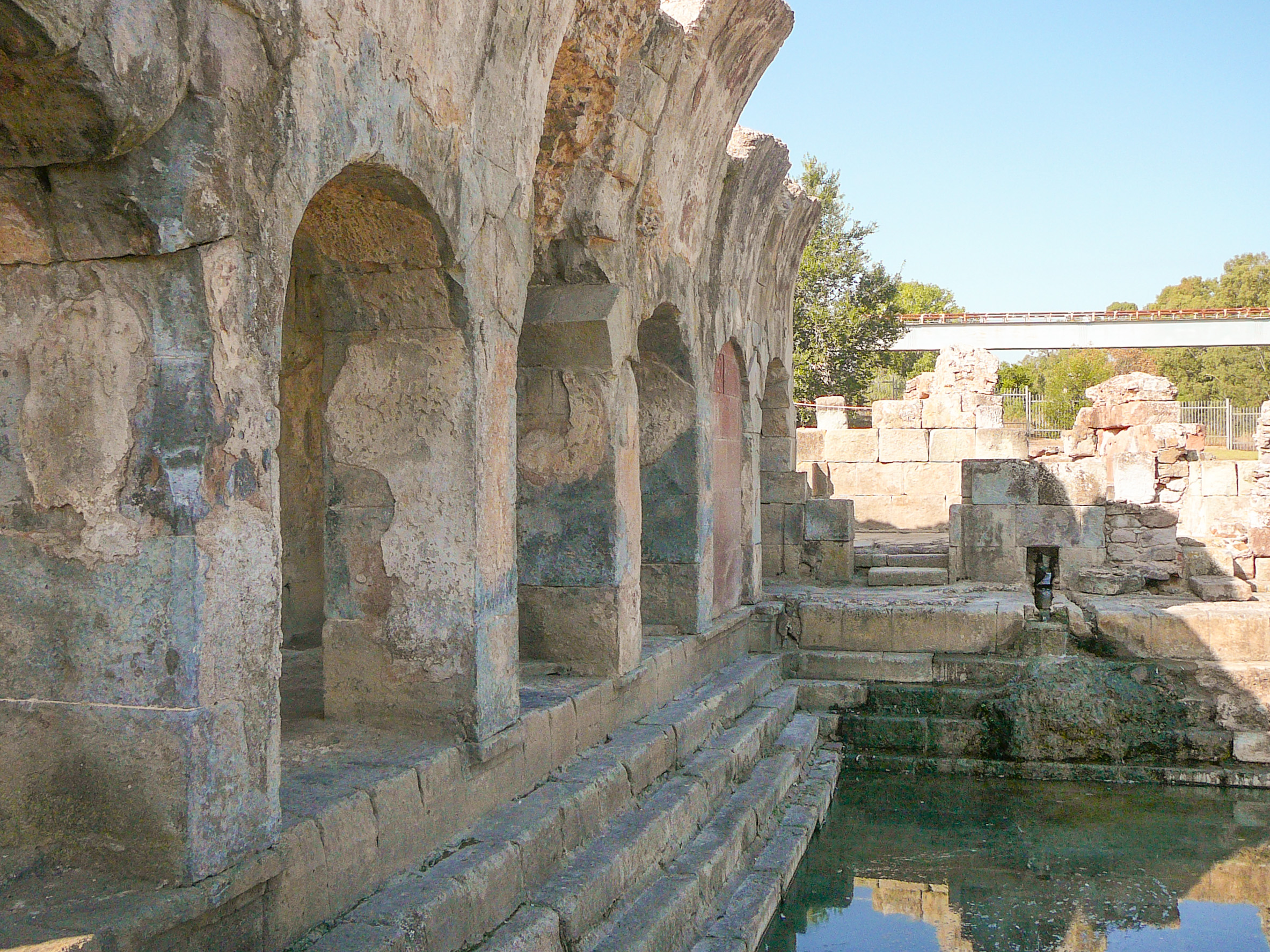
Archaeological evidence offers valuable insights into Jesus' life, the places he visited, and the historical context of his teachings and Ministry. Excavations of sites such as:
-
The Pool of Bethesda
-
The Shroud of Turin
-
The Church of the Holy Sepulchre
-
The three palaces near Jericho
All offerMinistrys into Jesus' world.
However, challenges remain in confirming the authenticity of specific sites and artifacts and evaluating the reliability of sources. Despite these difficulties, archaeological evidence contributes to our understanding of Jesus' life and world, deepening our appreciation for his Ministry's historical and spiritual significance.
The Impact of Jesus' Life on Christianity
Christianity has been profoundly impacted by the life and Ministry of Jesus Christ, influencing the ministry's beliefs, practices, and historical development. As a role model who devoted his life to serving others, Jesus' teachings and actions have inspired countMinistrylowers throughout history and continue to inform the core tenets of the Christian faith.
From his humble beginnings in Nazareth to his crucifixion and resurrection in Jerusalem, Jesus' life has been a beacon of hope and salvation for countless believers. His message of love, compassion, and forgiveness has transcended borders and cultures, shaping human history and forever changing the world.
Summary
In this blog post, we have explored the life of Jesus Christ, delving into his early years in Nazareth, his Ministry in the Galilee region, and his final days in Jerusalem. Through archaeological evidence and historical context, we have gained a deeper understanding of the world in which Jesus lived and the administration of his teachings on Christianity.
As we conclude our journey, let us remember the enduring influence of Jesus' life and message on the world. May his teachings of love, compassion, and forgiveness continue to inspire and guide us on our spiritual journeys.
Frequently Asked Questions
Where did Jesus live?
Jesus was born and lived in Galilee and Judea between 7 BC and 36 A.D.
What is Nazareth called today?
Nazareth, located in the beautiful Lower Galilee region of Israel, is known as "the Arab capital of Israel" and serves as a cultural, political, religious, economic, and commercial center for the Arab citizens of Israel.
It is the largest Arab city in the country and was famously the place where Jesus lived and grew up.
What was Jesus' upbringing like in Nazareth?
Jesus was raised in Nazareth, a small village in northern Israel. He was immersed in Jewish culture and teachings, learning carpentry and stonework from his father, Joseph.
Jesus' upbringing shaped his worldview and teachings, which were revolutionary. He preached a message of love and acceptance, and his teachings have had a positive impact.
Where was Jesus born?
Jesus was born in the small town of Bethlehem, located near Jerusalem.
additional articles;
https://encounterchurchfw.org/blog/a-comprehensive-guide-to-jesus-parables-in-the-new-testament
https://encounterchurchfw.org/blog/exploring-jesus-synagogue-understanding-his-role-and-influence
